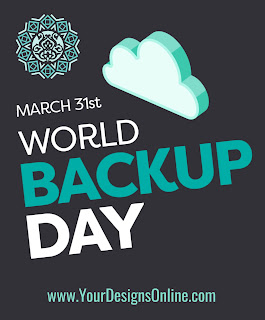The 9 Pages Every Small Business Website Needs
What pages should my website have? This is a very common question online entrepreneurs and small business owners ask when they are looking to develop a website. Here we list the most important and must-have pages your small business company website should have.
When it comes to creating pages for your website there is a set of web pages that are standard or general which all small business websites should have. Here below is a list of the 9 most common pages that every website should have, and the type of information these pages should feature and include.
1. HOMEPAGE
What to include:
A short description of who you are and what you do, a brief explanation of your services and products, and perhaps some bullet points on how you can help your potential customer or client.
2. ABOUT PAGE
What to include:
A summary of your company, whom it employs (with biographies and pictures of the staff, or just yourself if you are a sole proprietor), any special achievements you received, and the ways you differ from others that provide the same product or service.
3. SERVICES PAGE (IF YOU OFFER SERVICES)
What to include:
A synopsis of services presented, bullet points of services with short explanations, links to learn more about specialized services (if you desire), the advantages of using your services, and how they differ from the services your competition offers.
4. PRODUCTS PAGE (IF YOU OFFER PRODUCTS)
What to include:
An outline of products available, short descriptions of each product, links to product pages that contain more information, what the customer can expect by purchasing those products, and why customers should buy those products from you, rather than your competition.
5. FAQ PAGE
What to include:
The most common questions you are most frequently asked should be on this page. Such questions should also remove any doubts a customer may have, in order to make them feel secure enough to make a purchase from you.
6. TESTIMONIALS / REVIEWS PAGE
What to include:
A brief paragraph of praise from customers, perhaps as long as a sentence or two. Include photos and contact info of the reviewer, preferably with a headline above each testimonial, to catch a customer’s eye.
7. CONTACT PAGE
What to include:
All of your social media accounts, your mailing address, phone and fax number, email address, and even your business hours. Some companies prefer using a contact form instead of listing their email address for spam prevention purposes.
8. PRESS / LATEST NEWS PAGE
What to include:
Ways the media can get in touch with you, links to download PDFs and photos, and press releases. If you have a media or press kit, post it here, so the media can learn more about your company prior to further publicity.
9. OTHER PAGES
Depending on what type of website you have, you may also consider including the following pages:
- Search result page
- Jobs or careers page
- Events page
- Advertising information page



